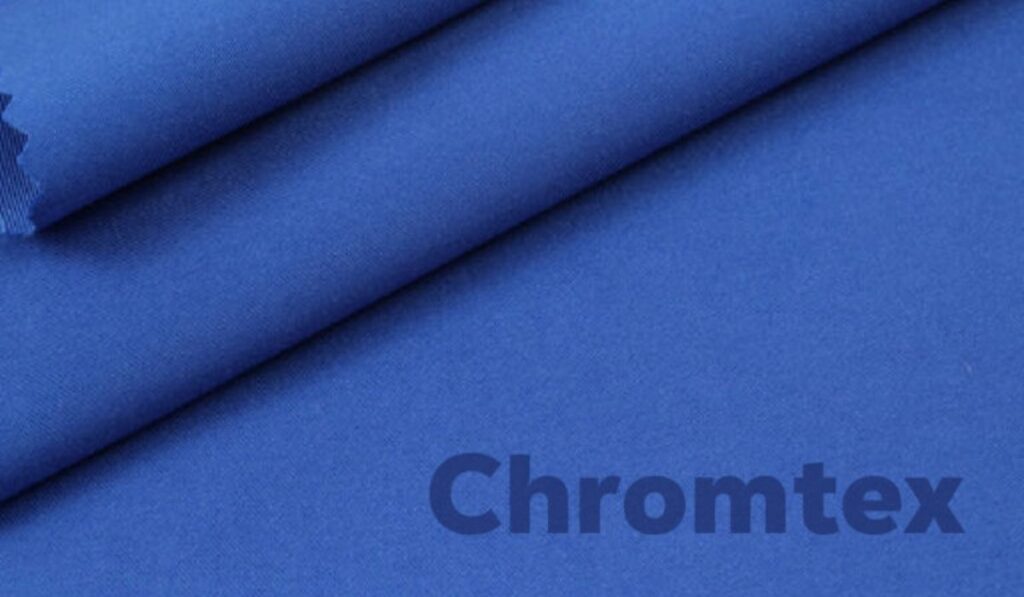The textile industry has always been a cornerstone of global Chromtex commerce, playing a pivotal role in economies around the world. However, traditional textile production has long faced challenges such as inefficiency, high environmental impact, and limitations in innovation. In this rapidly evolving industry, companies that embrace technological advancements and sustainable practices are setting themselves apart. One such company making waves is Chromtex, a pioneer in introducing innovative solutions that are transforming the way textiles are designed, produced, and distributed. By integrating cutting-edge technology with industry expertise, has become a key player in reshaping the future of textiles.
Technological Advancements in Textile Manufacturing
Chromtex’s approach to textile innovation is multifaceted, encompassing both process improvement and product development. The company has invested heavily in modern machinery, automation, and software solutions that streamline production and reduce wastage. Unlike conventional methods that rely heavily on manual labor and outdated equipment, implements smart systems that monitor and optimize every stage of textile manufacturing. This integration not only enhances productivity but also ensures consistent quality, allowing brands and manufacturers to meet global standards without compromising on efficiency or sustainability.
Commitment to Sustainability

Sustainability has become a crucial consideration in today’s textile industry, and Chromtex is at the forefront of this movement. The company has adopted eco-friendly practices in sourcing raw materials, reducing energy consumption, and minimizing chemical usage. By utilizing sustainable fibers, water-efficient dyeing processes, and recyclable packaging, ensures that its operations align with environmental responsibilities. This commitment not only benefits the planet but also appeals to conscious consumers who increasingly prioritize eco-friendly brands. demonstrates that technological innovation and sustainability can go hand in hand, creating value for both businesses and society.
Focus on Research and Development
One of the most significant areas where Chromtex excels is in research and development. The company invests in continuous R&D to explore new fibers, advanced weaving techniques, and innovative finishes that enhance fabric properties. This focus on innovation enables to produce textiles that are more durable, lightweight, and versatile than traditional options. For example, the company has developed specialized fabrics for sportswear that combine moisture-wicking capabilities with stretch and comfort. Such innovations highlight ability to meet niche market demands while setting new benchmarks for textile performance.
Automation and Digitalization in Textile Production

Automation and digitalization are also key pillars of Chromtex’s transformation strategy. Through the use of digital design platforms, predictive analytics, and automated machinery, Chromtex has reduced the reliance on manual interventions and enhanced operational precision. Digital weaving and knitting machines allow for intricate patterns and textures that were previously difficult to achieve, while predictive analytics help optimize inventory management and production schedules. This level of technological integration ensures that Chromtex can respond quickly to market trends and deliver customized solutions to clients worldwide.
Enhancing the Global Supply Chain
The global supply chain is another area where Chromtex has made a notable impact. By leveraging technology and strategic partnerships, the company has streamlined logistics and distribution processes, ensuring timely delivery of high-quality textiles. Efficient supply chain management reduces costs and enhances competitiveness, allowing Chromtex to serve clients across different regions without delays. This operational efficiency, combined with innovation and sustainability, positions Chromtex as a trusted partner for brands and manufacturers seeking reliable and modern textile solutions.
Investment in Skill Development and Education

Chromtex has also made significant contributions to textile education and skill development. Recognizing that technology alone cannot drive industry transformation, the company supports training programs and workshops to equip workers with the knowledge and skills needed to operate advanced machinery and adopt sustainable practices. By investing in human capital, ensures that its workforce remains capable of supporting innovation while maintaining high standards of quality. This holistic approach, combining technology, sustainability, and skill development, sets apart in a competitive industry.
Versatile Product Range
The company’s product range reflects its commitment to versatility and quality. Chromtex produces a wide variety of fabrics suitable for fashion, sportswear, upholstery, and industrial applications. These products are designed to meet the highest standards of durability, comfort, and aesthetic appeal. The ability to offer specialized fabrics tailored to different market segments has allowed to maintain a competitive edge while fulfilling diverse client needs across the globe.
Innovations in Sustainable Textile Practices

Beyond production efficiency, Chromtex has led the way in developing sustainable textile practices. The company incorporates natural dyes, recycled materials, and biodegradable components into its products. This approach not only minimizes environmental impact but also positions as a responsible leader in the textile sector. Additionally, the company actively collaborates with global sustainability initiatives, ensuring that its practices meet international environmental standards and contribute to the long-term viability of the textile industry.
Market Impact and Industry Leadership
Chromtex’s innovative solutions have made a measurable impact on the global textile market. By offering cutting-edge fabrics, streamlining production processes, and championing sustainability, the company has strengthened its reputation as an industry leader. Businesses partnering with benefit from advanced textile technology, reliable supply chains, and environmentally responsible practices. Through continuous innovation, strategic growth, and industry expertise, continues to influence the evolution of the textile sector, inspiring other companies to adopt modern and sustainable approaches.
Conclusion
In conclusion, Chromtex is redefining the textile industry by integrating technology, sustainability, and innovation into every aspect of its operations. From research and development to digitalized production and global supply chain management, sets a benchmark for modern textile solutions. The company’s commitment to eco-friendly practices and skill development further enhances its value in a competitive and evolving market. As the textile industry continues to transform, Chrmtex stands as a model for innovation, efficiency, and responsibility, shaping the future of fabrics and textile production worldwide.
Frequently Asked Questions
1. What is Chromtex known for in the textile industry?
- Chromtex is known for integrating advanced technology, sustainable practices, and innovative textile solutions to improve efficiency, quality, and environmental responsibility.
2. How does Chromtex contribute to sustainability?
- Chromtex uses eco-friendly fibers, water-efficient dyeing processes, and recyclable packaging while minimizing chemical use and energy consumption to reduce environmental impact.
3. What types of fabrics does Chromtex produce?
- Chromtex produces a wide range of fabrics suitable for fashion, sportswear, upholstery, and industrial applications, combining durability, comfort, and aesthetic appeal.
4. How does Chromtex utilize technology in production?
- The company leverages automation, digital weaving machines, predictive analytics, and digital design platforms to optimize production, reduce waste, and create complex textile patterns.
5. Does Chromtex support skill development in the textile sector?
- Yes, Chromtex invests in workforce training programs and workshops to ensure employees can effectively use advanced machinery and adopt sustainable textile practices.









